StrategicRISK’s latest webinar in partnership with Zurich considered ways of improving flood mitigation strategies
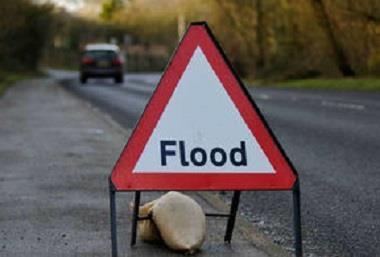
The complex issue of flood risk affecting major construction projects was examined in an expert-led webinar hosted by StrategicRISK in partnership with Zurich.
Construction risk: Improving your flood mitigation strategies covered in detail some of the key issues facing risk professionals and considered some of the most practical options available to best tackle this costly and difficult to manage risk.
The discussion was led by Richard Gordon, head of UK and international construction all risks with Zurich Global Corporate UK and Gunter Schneider, Zurich’s principal construction risk engineer in GCiEMEA and global head of the CAR/EAR Risk Engineering Technical Centre.
They explored the primary challenges and strategies available and linked them to flood damage experiences and related issues. The pair also provided a detailed analysis of the flood risk assessment process and outlined an underwriters’ perspective of insureds’ retention of flood risks.
Kevin Morecroft, head of risk at Skanska Civil Engineering was also on hand to share his practical hands on experience and expert insights.
“The weather in the UK and elsewhere is changing,” said Gordon and “delivering a construction project under difficult conditions can be challenging”.
The size of a flood event was not necessarily equal to the magnitude of loss.
“Even a small magnitude/high probability event could lead to a large loss,” Schneider said.
A flood event creates several issues – the primary effects of which can be seen as water damage, with secondary effects including landslides, subsidence, debris, pollution and mould. All of these can have an impact on construction projects.
“Flood mitigation is all about the right controls at various construction phases,” said Schneider, who then outlined the flood risk assessment process from a risk engineering perspective.
“Flood risk assessments are not done once for a project,” he said. “They have to be done for all critical construction stages throughout the project and also during the preliminary studies and the design phase for the final layout.
“The assessments and their outcome are documented in risk registers. Risk registers are living documents and need to be updated regularly.
“Basically, and that is not surprising, it’s following good risk management practice according to ISO 31000 or the Code of Practice for Risk Management of Tunnel Works.”
Later in the session, Gordon offered an underwriters’ perspective of insureds’ retention of flood risk, citing various construction insurance market trends.
“Infrastructure schemes are becoming more complex with reduced timescales,” he said. “They are also being built in higher exposed locations.”
Projects were often value engineered and quality compromised, while PFI schemes had an increasing trend for larger financial covers.
Gordon said that there was significant capacity in the construction insurance market which meant competitive coverage and rates.
“Risk management and strategy is prevalent in contractor strategies,” he said “but some of this is offset by transferring more risk to insurers due to the economics of buying insurance.”
Gordon added: “In general projects never really overcome the impact of a flood without significant expenditure. This makes loss assessing even more complex to assess and adjust.”
Asked how much the insurer perspective reflected the practical reality of his own experience as a risk manager, Skanska’s Morecroft said: “I think all contractors face a big education piece they have to have. In all large organisations there are people who understand the practicalities of these things and there are others who think ‘it will never happen to us’. Projects have lots of constraints in terms of interfaces, contractual liabilities, legal liabilities and cost. So it is all about engagement and rather than saying ‘it is not going to happen to me’ instead look at the impact of ‘what happens if it does happen to me?’
“The reality of it is nobody ever wins, the insurer doesn’t win, the contractor doesn’t win and neither does the client. So it is in everybody’s interest to try to push forward and work on this together.”
*To hear the webinar in full click here





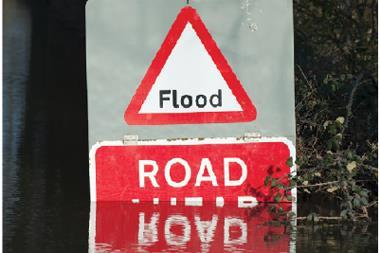
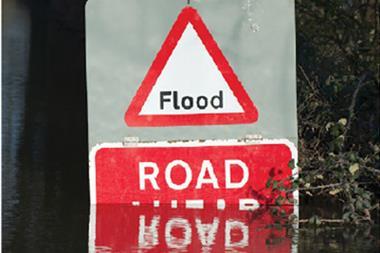

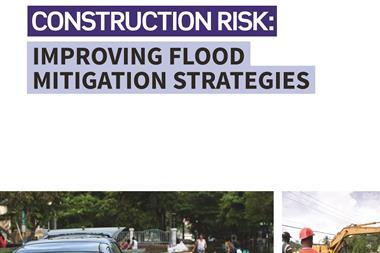
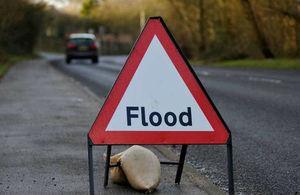










No comments yet